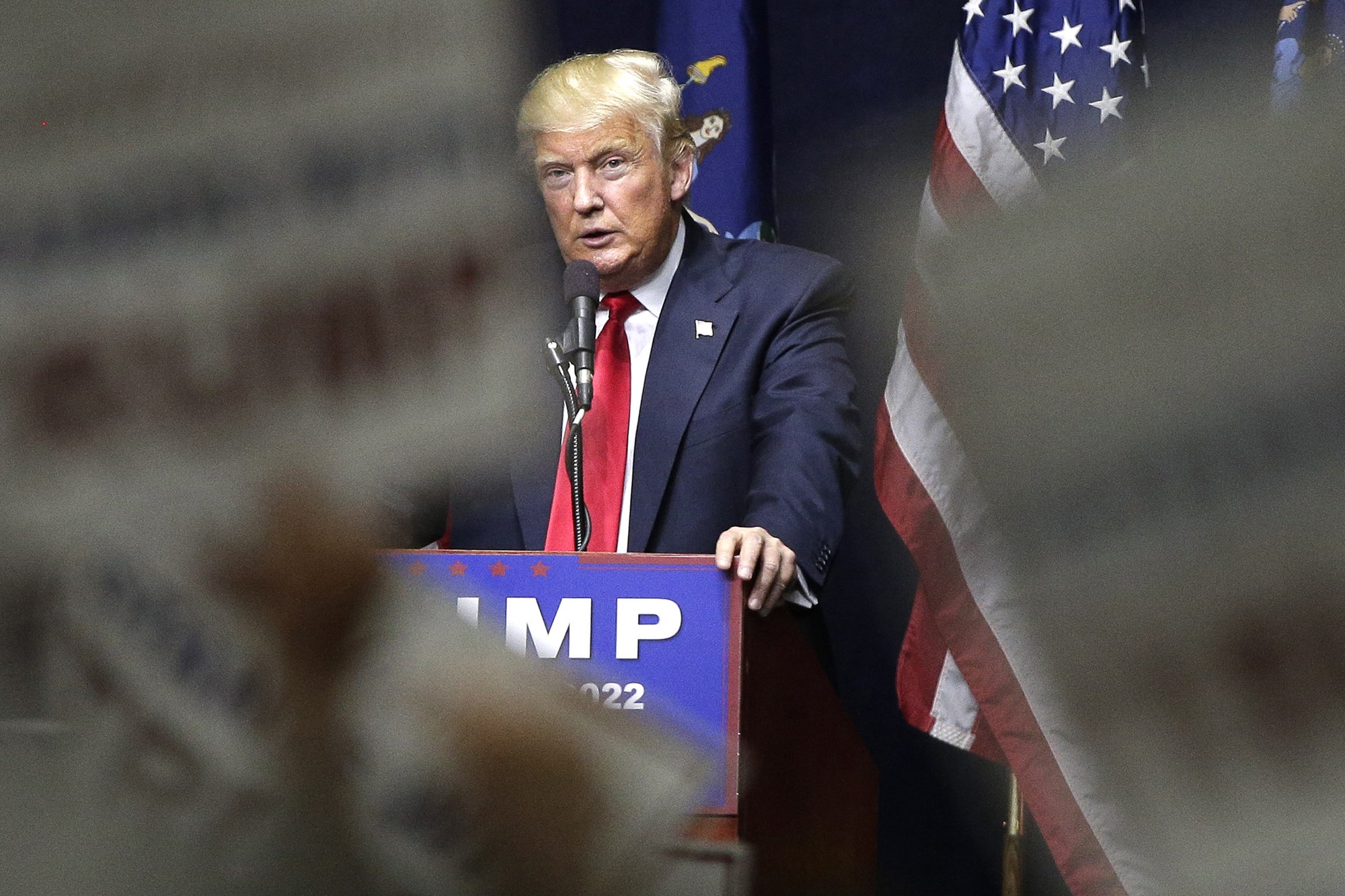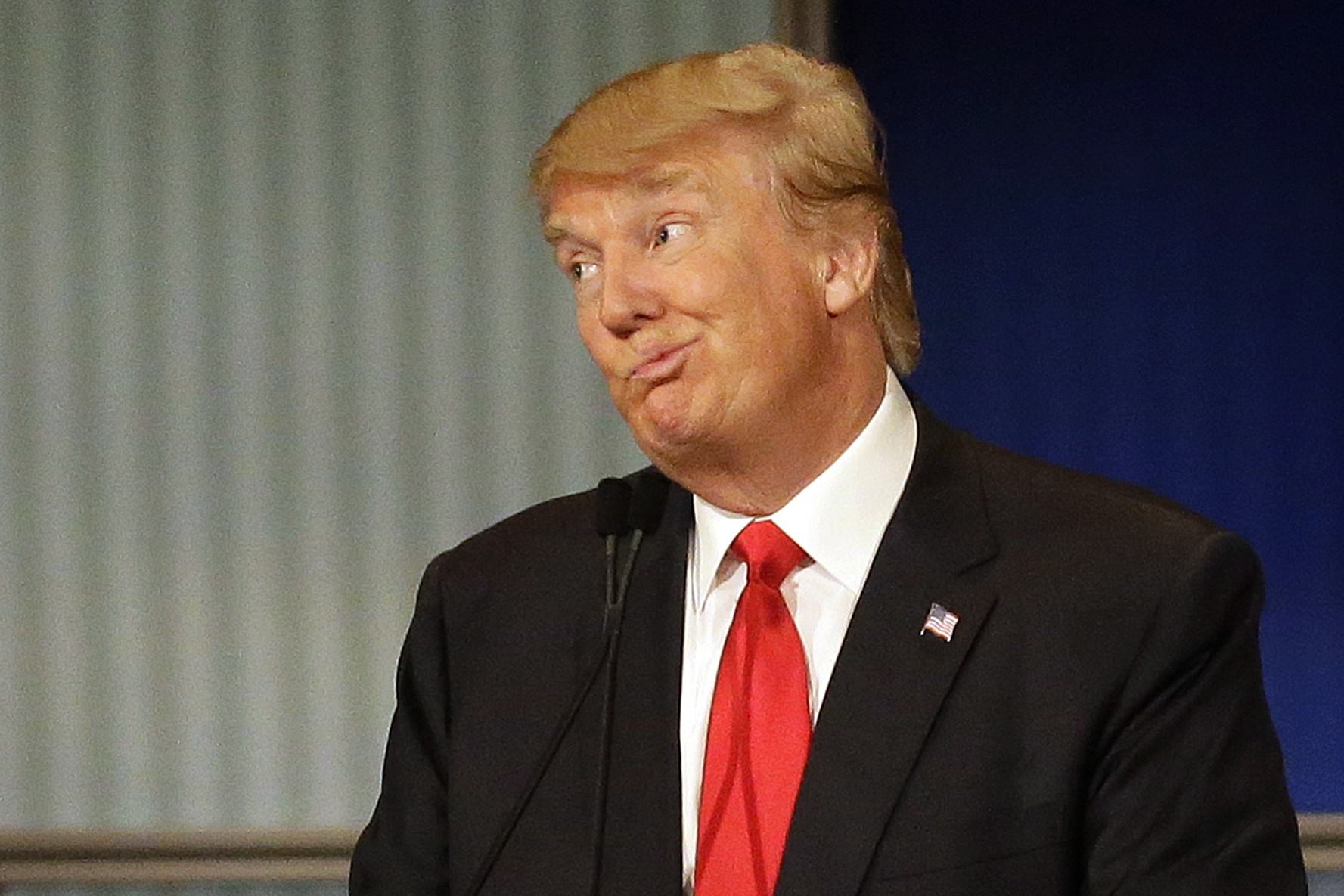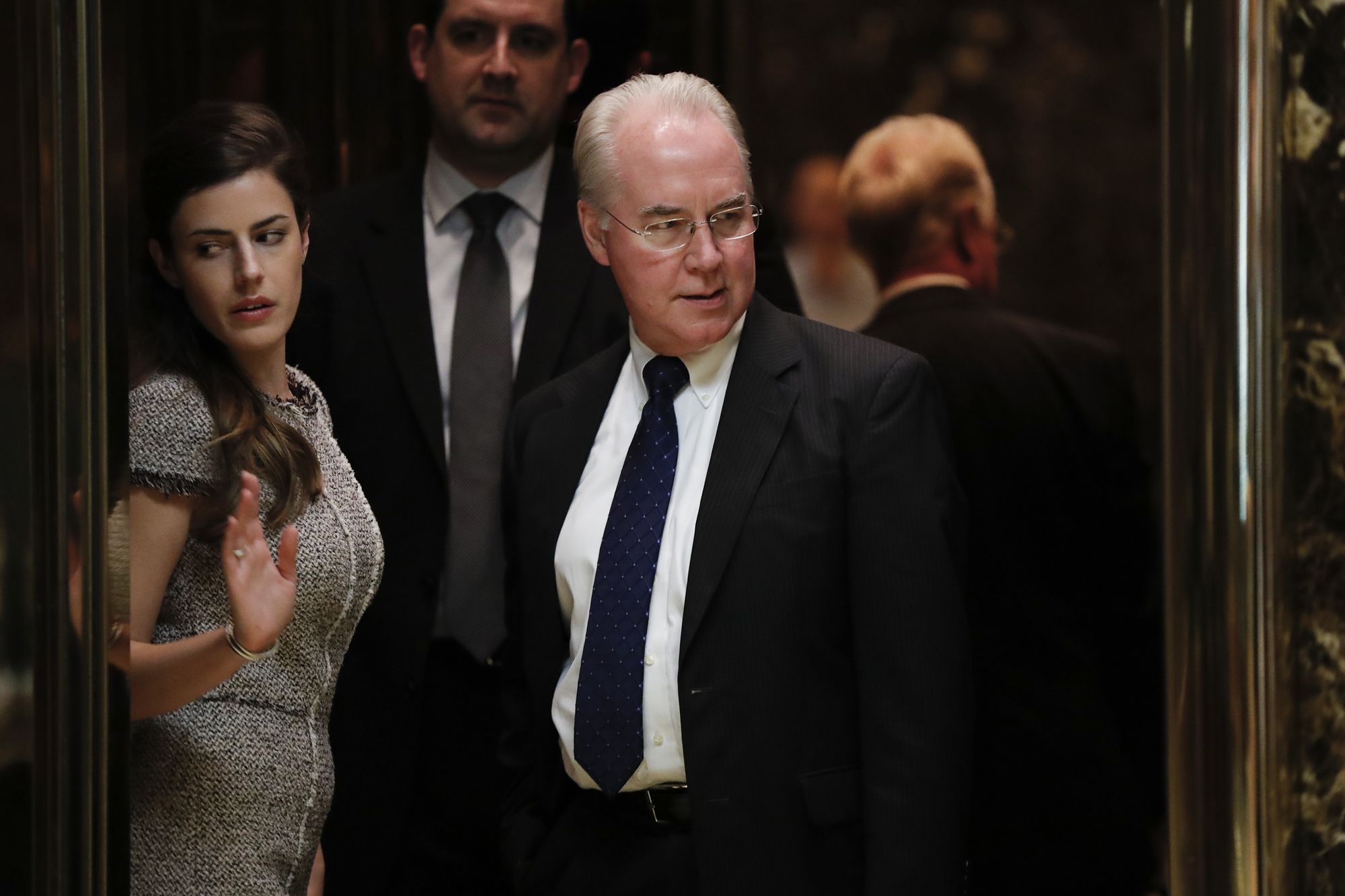In some ways, my story embodies the American success story. I climbed out of poverty, earned a PhD, and am pursuing my life’s work as a member of the academy. But at age 46, security still eludes me. I still lose sleep over just how far my own success will stretch—over whether my three children will have a secure economic future, too.
Growing up poor didn’t just mean that I entered college less academically up to speed than my peers. It also meant that my family had limited financial resources to help pay for college. So, I depended on student loans. I earned a bachelor’s degree—and $40,000 of debt to go with it. I managed to pay it off during my service in the military, so I went to graduate school. In record time, I earned a PhD—and another $100,000 of debt.
Get TalkPoverty In Your Inbox
I’m one of millions on the debt-dependent path to the American Dream. Our journey stands in stark contrast to those who had financial support. My colleague, for example, received her graduate degree from the same university that I attended—but she had help from family. She graduated without student debt, and started building home equity before she turned 25. She even had enough to spare that she was able to take advantage of employer retirement benefits, too. Her four kids will likely have their college paid for before they finish high school.
My colleague still had to work hard. She studied, saved, and scrimped when she had to. But her path was eased because wealth was passed down at critical stages along the way. For most Americans that just isn’t an option, and it contributes to growing economic inequality in our nation. It also undermines the oft-repeated promise that a college degree is a catalyst of economic mobility and equal opportunity.
Our current debt-based system widens the gap in educational attainment by race and class, reduces graduation rates among students who make it to college, distorts career choices, constrains entrepreneurship, delays people from buying homes and building families, reduces retirement savings and overall net worth, and lengthens the time it takes to reach median wealth in the United States. In short, it asks students to compromise their long-term economic well-being for a chance at a higher education that is supposed to safeguard them from poverty (with mixed results).
It wasn’t always like this. The GI Bill—signed into law after World War II—made higher education possible for millions of veterans. Returning veterans presented a crisis, because they needed a college education to be able to re-enter the workforce and contribute to the economy. The GI Bill was a policy pivot. It prioritized veterans’ long-term needs and reframed higher education as a broadly-shared good, rather than an exclusive purview of the privileged. Within eight years it returned every dollar invested nearly seven-fold.
Now it’s time for another pivot. We need a financial aid system that performs to the standards of our American values—where the effort we put in and the ability we possess determine our economic outcomes.
During the 2016 presidential campaign, Bernie Sanders and Hillary Clinton proposed policies that would make college free for many low-income and middle class students. While those policies have been put on hold, another proposal that could move us in the right direction is creating Children’s Savings Accounts (CSAs) nationwide. Today, there are 42 CSA programs in 29 states that open accounts for children at birth or in kindergarten, endow them with an initial deposit (financed by public or philanthropic sources), and supplement families’ savings through matching grants.
A family’s CSA savings might be modest in total dollars, but they are significant nonetheless. For example, the average out-of-state cost of a four-year degree at a public university is about $34,000. Every student could accrue that sum by age 18 if they had a CSA that received an $8,400 deposit at birth invested in stock/bond portfolios, plus an additional deposit of $5 per month by the family. This would cost an estimated $34 billion annually—less than the $74 billion in government costs for student loan forgiveness projected for 2017.
CSAs are not a silver bullet for disparities in education writ large. Even so, they could help to build an accessible education pipeline that would make it possible for more people to make it through college without crippling debt. That can begin to even out the returns that two students—one poor and one privileged—get from the same credentials.












